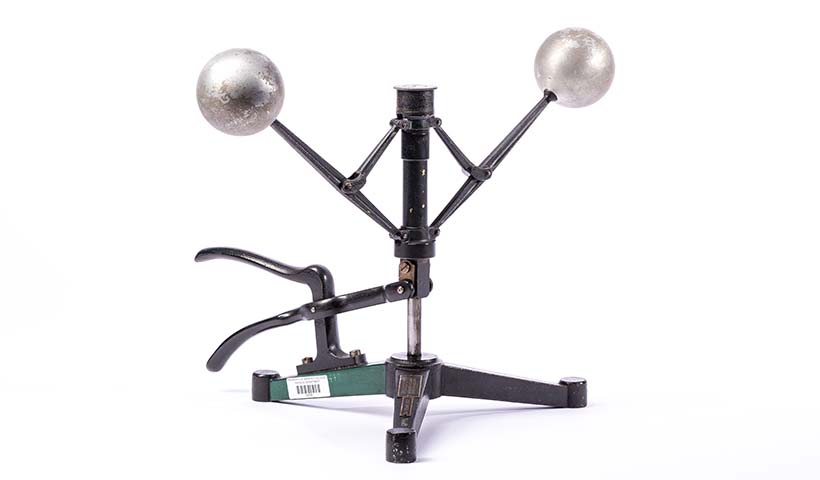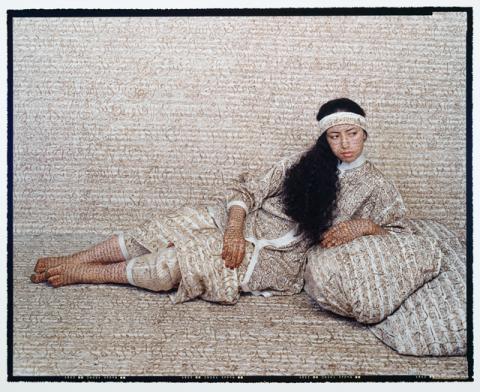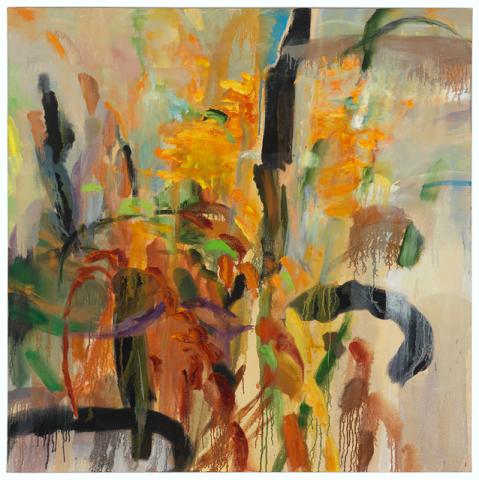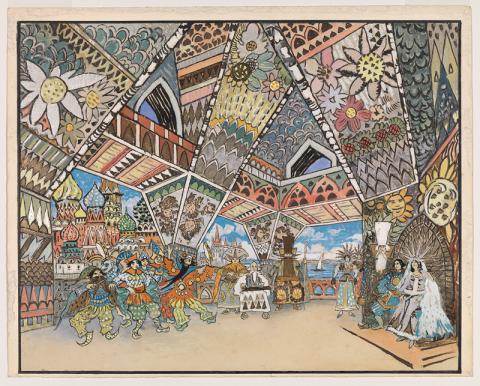
What does it take to move into a new 255,000-square-foot Science Center? It’s not only about packing the belongings of 80 faculty members and the contents of 23 research labs; it’s also about delving into the accumulated storage from two centuries of research and classes. In preparation for the move, physicist Thomas Greenslade ’59, an expert in early physics teaching objects, sifted through troves of material in Merrill Science Center—and found 100 museum-quality pieces. When the Science Center opens this fall, these objects will find a new home there, too.
YOUR CHALLENGE:
This object, invented in the late 18th century, was used in introductory physics classes and features two heavy steel balls. What is it? What did it do? Send your answers to magazine@amherst.edu or Amherst magazine, Box 5000, Amherst MA 01002. All who answer correctly will be entered to win an Amherst T-shirt. Greenslade’s explanation will appear in the next issue.


